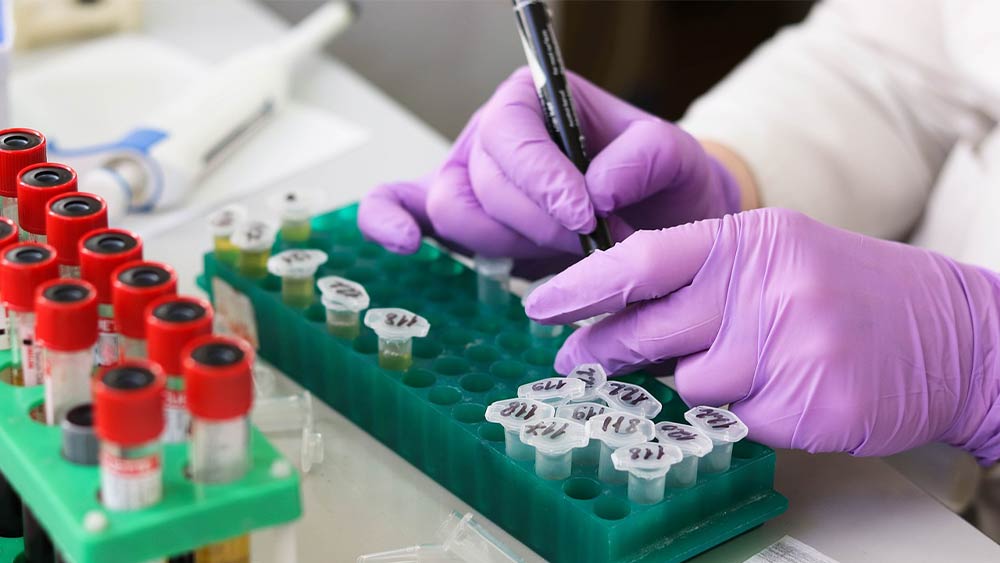How to Start a Successful Laboratory – Top 7 Tricks for Lab Setup

A laboratory serves as the foundation for all scientific discoveries and breakthroughs, making it an essential part of any scientific community. Therefore, setting up a successful laboratory is crucial for efficient and accurate scientific work. However, establishing a laboratory can be a complex and daunting task. It requires careful planning, proper organization, and attention to detail. This is why we have compiled a list of essential tips to guide you in setting up a successful laboratory. In this article, we will discuss the key factors that contribute to the success of a laboratory including equipment selection, safety measures, personnel management, and overall lab design.
7 Best Tips For Successful Lab Design
1. Choosing the Right Equipment for Your Laboratory
Choosing the right equipment is important for a successful laboratory. Identify the specific needs of your research and select equipment that best suits those needs. No matter if you choose pasco or another brand, make sure to thoroughly research and compare different options before making any purchases.
Consider factors such as reliability, accuracy, and maintenance when selecting equipment. Investing in high-quality equipment may require a larger budget initially, but it will ultimately save time and resources in the long run. It is also important to regularly maintain and calibrate equipment to ensure accurate results.
2. Ensuring Safety in the Laboratory Environment
Safety should always be a top priority in any laboratory setting. This includes proper training for all personnel on safety protocols and procedures, as well as providing necessary safety equipment such as gloves, goggles, and lab coats. Regularly inspect the laboratory environment for potential hazards and address them immediately. Proper labeling of chemicals and materials is crucial to avoid any accidents or mix-ups. Have an emergency plan in place and conduct regular safety drills.
3. Managing Personnel and Team Dynamics in the Lab

Managing personnel and team dynamics in the laboratory is essential for a successful and efficient working environment. As a lab manager or principal investigator, it is important to establish clear roles and responsibilities for each member of the team. Encourage open communication and foster a collaborative work culture. Provide training and opportunities for professional development to keep your team motivated. Address any conflicts or issues promptly and create a positive work environment to promote productivity and success.
4. Optimizing Lab Design for Efficiency and Productivity
Consider factors such as layout, workflow, and storage when designing your lab space. Designate specific areas for different tasks to avoid any cross-contamination or confusion. Maintain a clean and organized workspace to promote efficiency and prevent accidents. Invest in ergonomic furniture and equipment to ensure the comfort and safety of your team. Moreover, regularly evaluate and update the lab design to accommodate any changes in research needs or technologies. A well-designed laboratory space can greatly impact the overall productivity and success of your scientific work.
5. Importance of Regular Maintenance and Calibration of Equipment

Over time, wear and tear can affect the performance of equipment, leading to inaccurate data and potential safety hazards. Have a schedule in place for regular maintenance and calibration of all laboratory equipment. This not only ensures accurate results but also extends the lifespan of the equipment, saving time and resources in the long run. In addition, regular maintenance can help identify any potential issues before they become major problems, preventing interruptions in research work.
6. Staying Up-to-Date with Advancements in Technology and Research Methods
Staying up-to-date with advancements in technology and research methods is crucial for a successful laboratory. As technology rapidly evolves, continuously educate yourself and your team on the latest developments. Attend conferences, workshops, and seminars to learn about new equipment and techniques that can improve the efficiency and accuracy of your work.
Stay informed about current research trends and findings in your field to ensure that your laboratory is using the most up-to-date methods and techniques. Keeping up with advancements in technology and research methods can give your laboratory a competitive edge and contribute to its overall success.
7. Creating a Collaborative and Supportive Work Environment
A laboratory is a collaborative space where scientists from different backgrounds come together to work towards a common goal. As a lab manager or principal investigator, it is important to create a supportive and inclusive work environment for your team. Encourage open communication and foster a culture of respect and teamwork. Show appreciation for your team’s hard work and contributions, and provide opportunities for their personal and professional growth.
A positive work environment not only promotes productivity but also enhances team morale, leading to a more successful laboratory overall. Promoting diversity in the lab can bring new perspectives and ideas to research projects, leading to innovative discoveries. As such, creating a collaborative and supportive work environment is key to the success of any laboratory.
Conclusion
Setting up a successful laboratory requires careful planning, attention to detail, and constant evaluation and improvement. Regularly assess your lab’s needs and make necessary updates and improvements to ensure its continued success. With the right equipment, safety measures, personnel management, and lab design, your laboratory can become a hub for groundbreaking discoveries and innovations.

news via inbox
Sign up and never miss out on the latest news and updates at HighStuff



